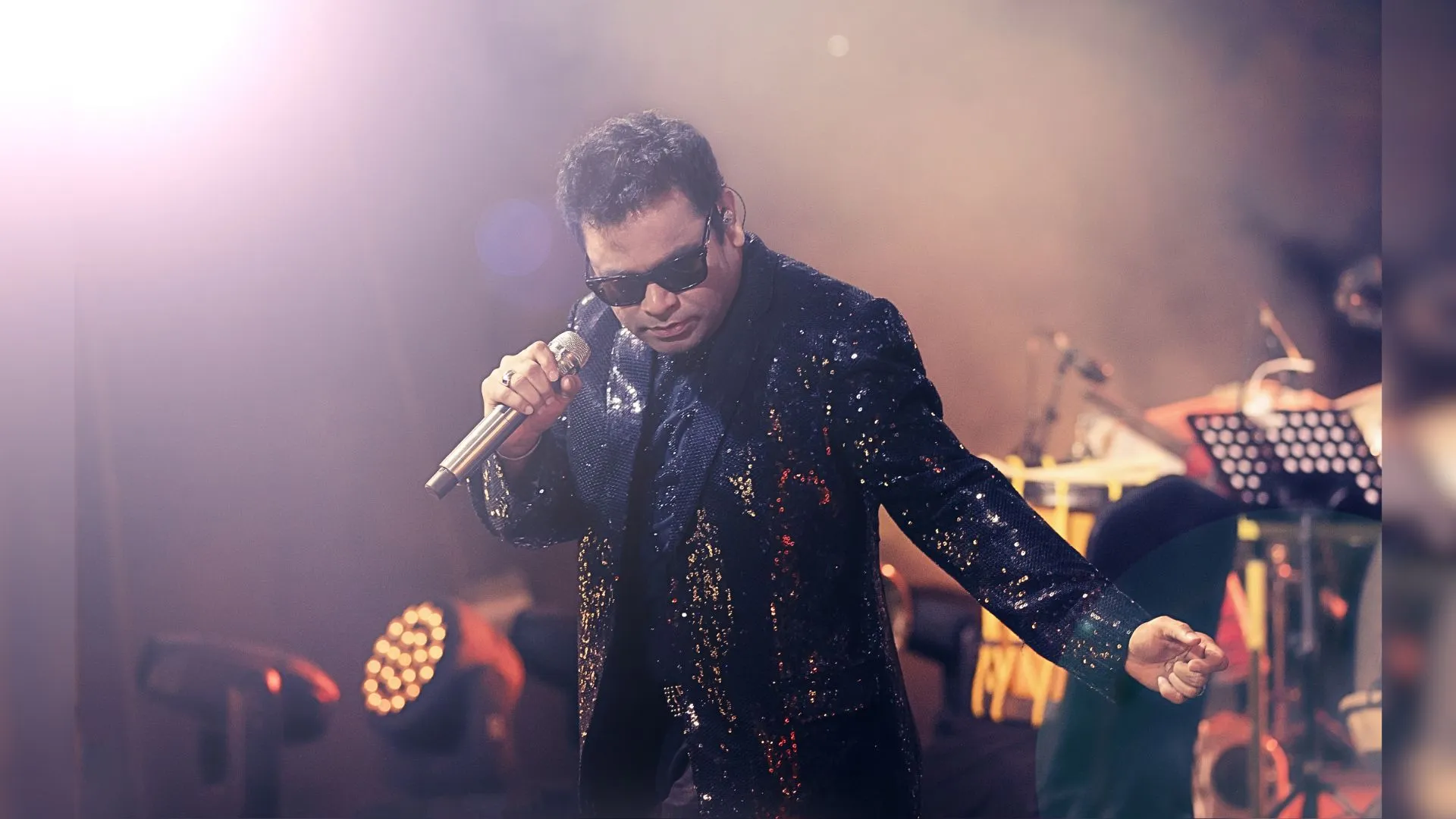The world of Indian music is known for its star power, but one name that consistently dominates the industry is AR Rahman, the legendary music composer and record producer. According to a recent Hindustan Times report, Rahman is now India’s highest-paid singer, with a whopping ₹3 crore fee per song—an amount that far exceeds what most of his contemporaries earn.
What makes this achievement even more impressive is that Rahman is not even a full-time singer. Known primarily for his work as a composer, his decision to charge such a hefty fee serves as both a deterrent and a symbol of his rarefied status in the music world. Rahman, however, remains focused on his own musical projects, preferring to lend his voice only to the films where he serves as a music director. His high asking price ensures that he works on projects that are aligned with his vision, and discourages composers from approaching him casually.
The Rise of AR Rahman: From “Jai Ho” to Oscar Glory
AR Rahman’s journey to stardom began in 2005 when he earned a spot on Time’s list of the “10 Best Soundtracks of All Time”. Since then, his career has been nothing short of legendary. Rahman is most famously known for his Oscar-winning work on the soundtrack of Slumdog Millionaire, where the song ‘Jai Ho’ became an anthem. He also composed the iconic title track for the Bollywood film Dil Se, which starred Shah Rukh Khan and Manisha Koirala.
The 57-year-old music maestro has carved a niche for himself not only in the Hindi and Tamil film industries but also internationally. His career trajectory continues to inspire many aspiring musicians around the globe, and his estimated net worth of $280 million reflects his decades of hard work and dedication to his craft.
A Look at India’s Other Highest-Paid Singers
While AR Rahman remains the undisputed leader in the field, there are several other artists who continue to make a significant impact on the music industry with their talent and chart-topping tracks.
- Shreya Ghoshal, the 40-year-old playback singer known for hits like ‘Chikni Chameli’, is among the highest-paid full-time singers in India. Ghoshal reportedly charges ₹25 lakh per song, securing her spot as the highest-paid female playback singer in the country.
- Sunidhi Chauhan and Arijit Singh follow closely behind, both charging ₹18-20 lakh per song. Sunidhi, known for her energetic performances and versatile voice, has been a major force in Bollywood playback singing for over two decades. Arijit, the voice behind chartbusters like ‘Galti Se Mistake’ and ‘Hamari Adhuri Kahani’, continues to dominate with his soulful voice and unique sound.
- Sonu Nigam, another veteran playback singer, earns ₹15-18 lakh per song, keeping his place among India’s top earners. Known for his versatile voice and ability to sing across genres, Sonu’s contributions to the Indian music industry are immeasurable.
Changing Trends: The Rise of Contemporary Artists
The Indian music industry continues to evolve, with contemporary artists like Badshah and Diljit Dosanjh commanding impressive fees for their work. Known for their unique sound and massive fan following, these artists have brought a fresh wave to Indian music, and their increasing fees indicate that they are becoming formidable contenders for a spot in the top rankings.
AR Rahman: The Big Picture Beyond the Studio
Apart from his musical brilliance, Rahman has made waves in multiple fields. He is scheduled to attend the Lata Mangeshkar Memorial Talk at the 55th International Film Festival of India (IFFI) in Goa on November 27, 2024. The event, which will take place at Kala Academy, will focus on the topic of Musical Theatre in India.
This only adds to Rahman’s prestige and influence as one of the most revered figures in global music today. His impact on the Indian music scene is undeniable, and his contributions continue to inspire artists from all genres.
The Future of India’s Music Industry: Where Will the Money Go Next?
While Rahman’s massive fees may seem like a benchmark for what’s possible in the industry, they also raise questions about the future of music in India. With streaming platforms, digital releases, and an evolving audience demographic, the way we perceive music royalties and earnings is bound to change.
Will AR Rahman’s fee continue to set new records, or will emerging artists start claiming a bigger share of the pie in the coming years? Only time will tell.
As for Rahman, it’s clear that his legacy is far from over. His ability to adapt, create, and inspire keeps him at the top of his game. As long as he continues to bring his unique sound to both Indian and global audiences, AR Rahman will undoubtedly remain a giant in the world of music.
ALSO READ: Mukesh Khanna Gets Trolled As He Suits Up Again as Shaktimaan




